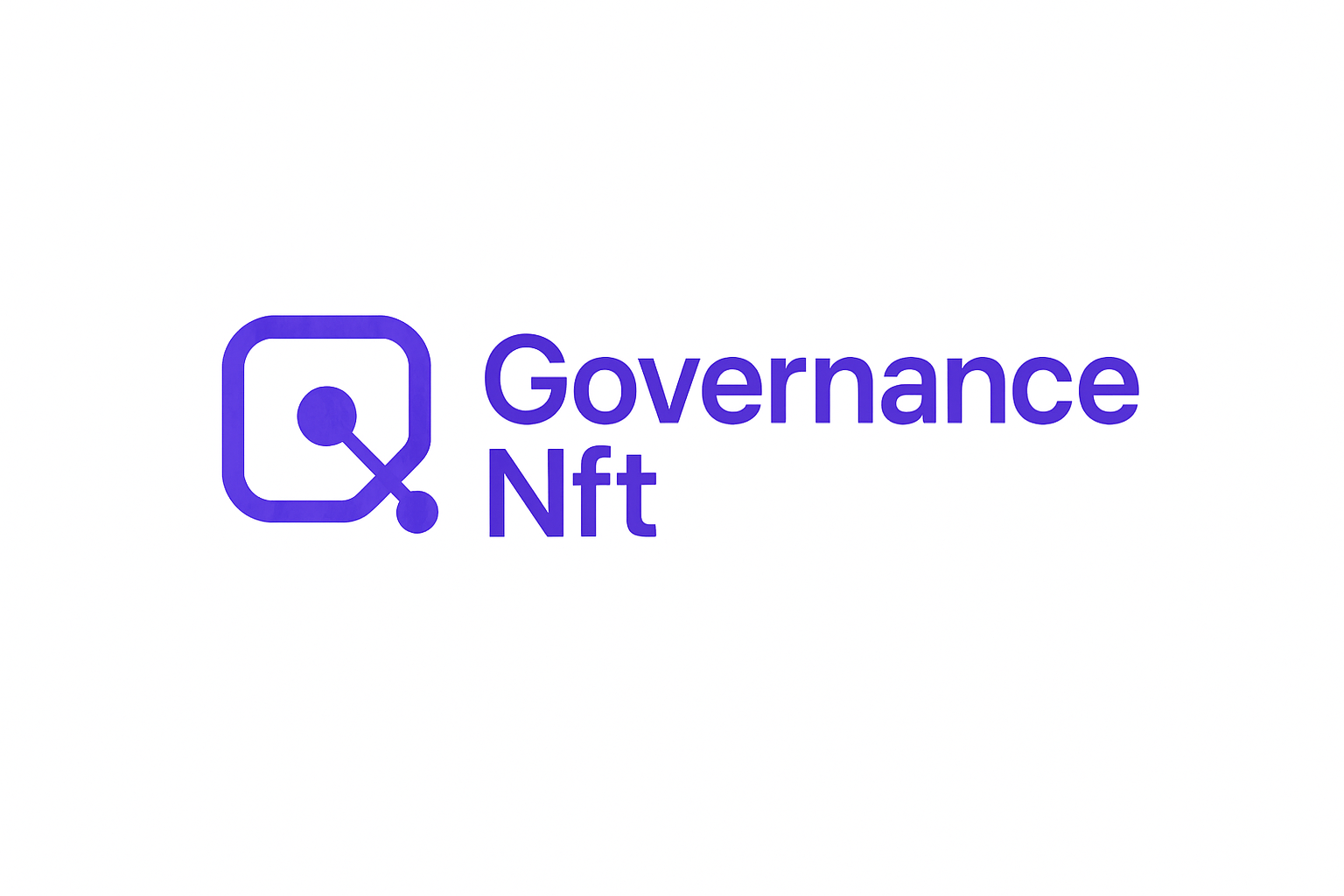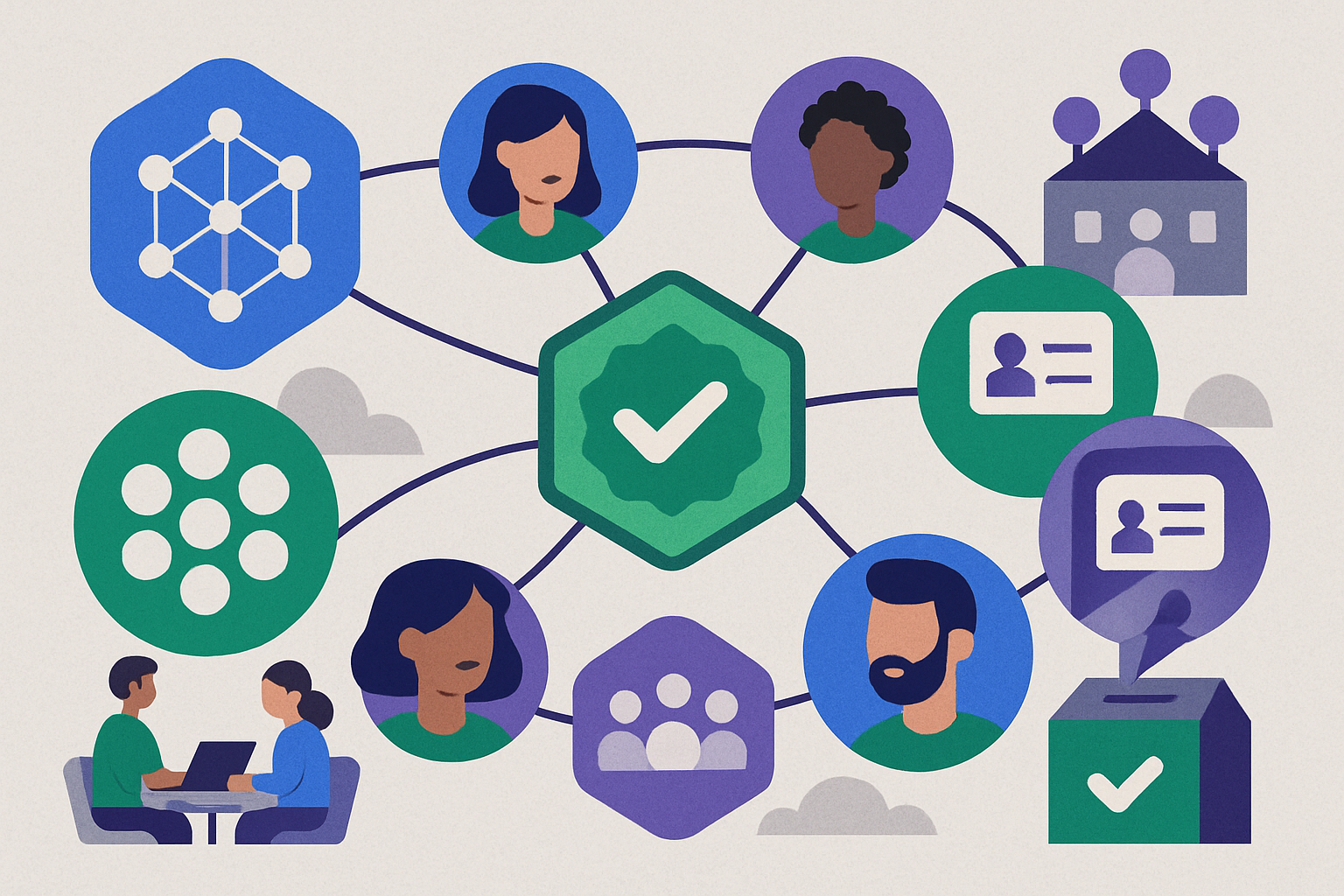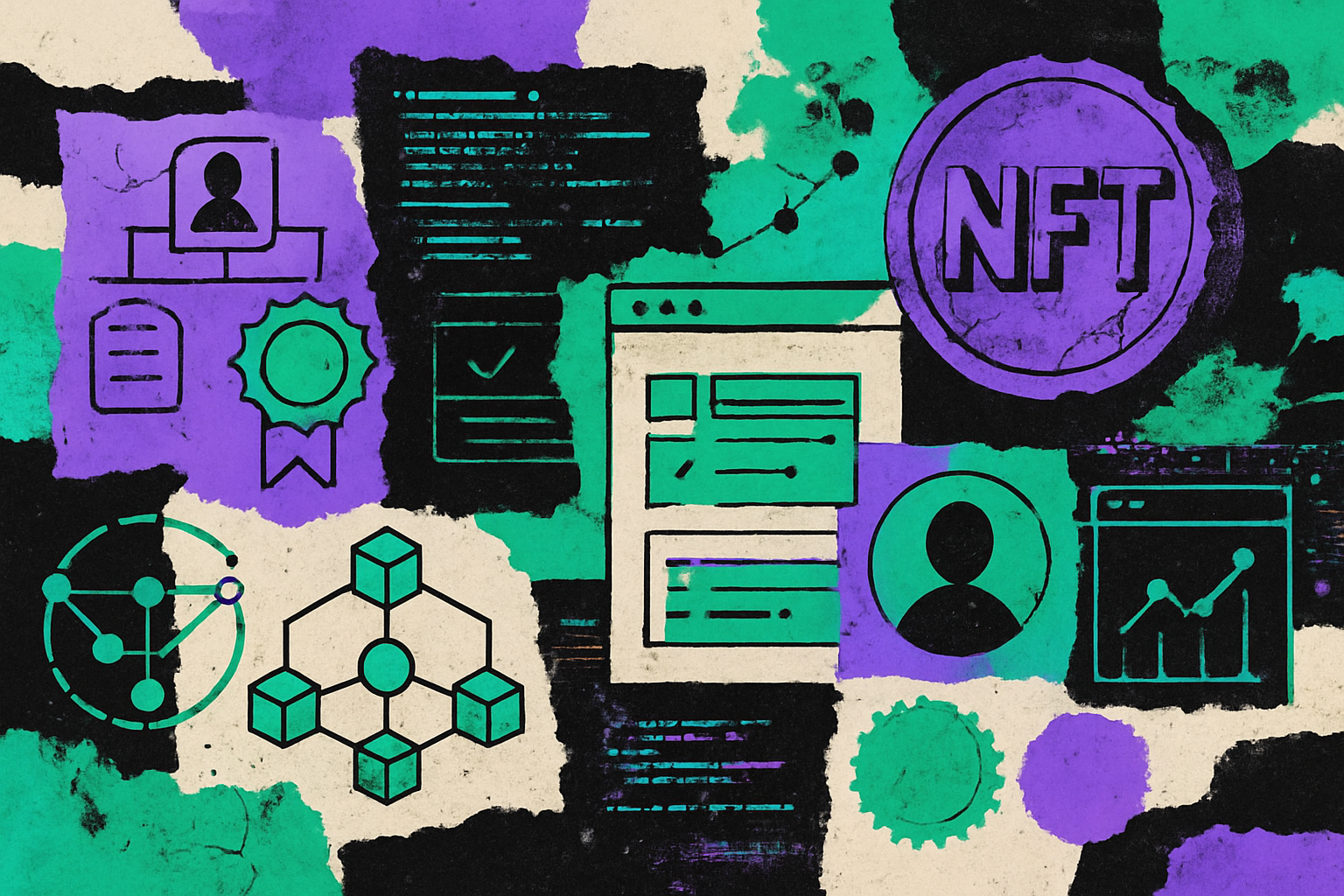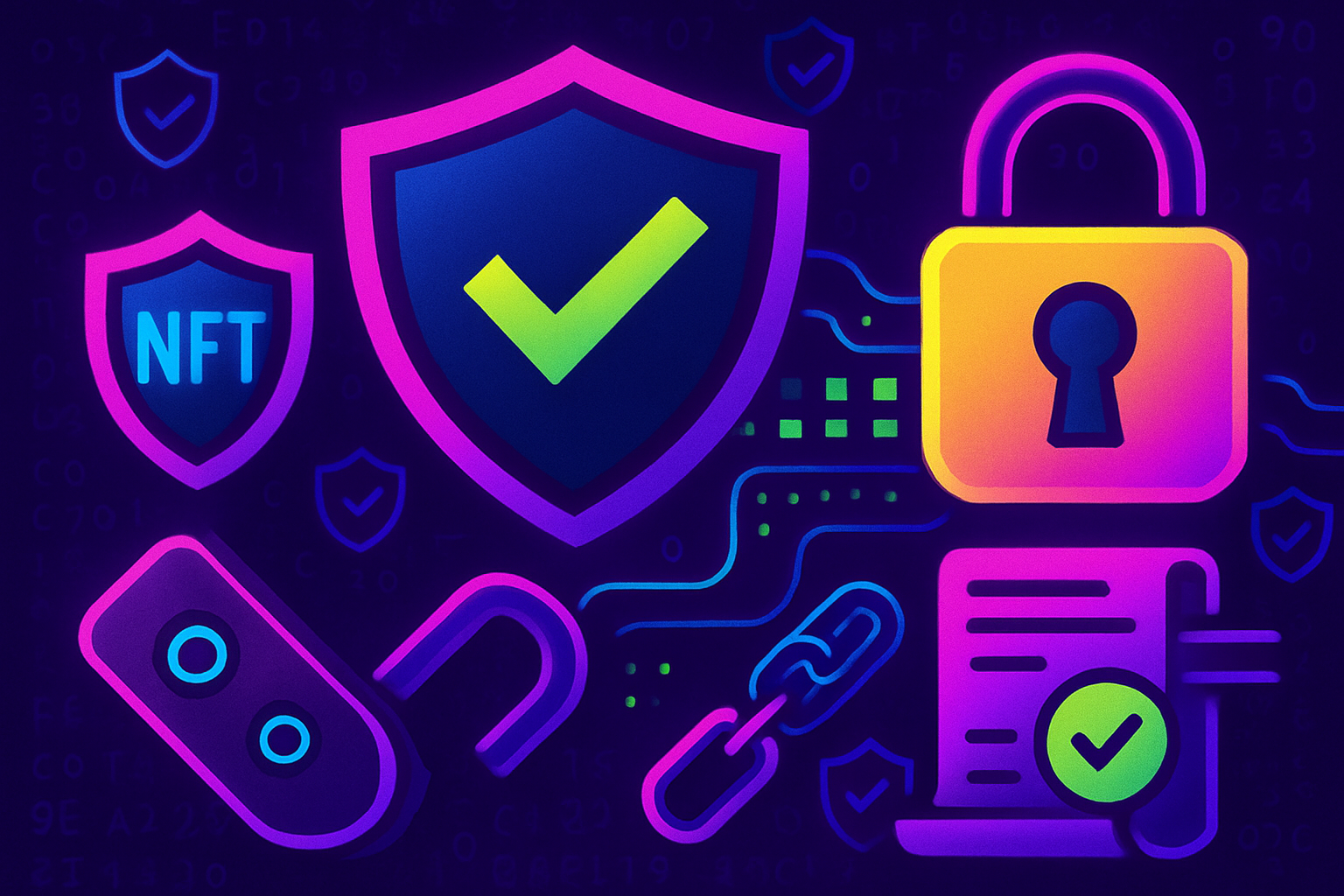
Decentralized Autonomous Organizations (DAOs) are redefining how communities organize, govern, and reward participation. At the heart of this transformation is the innovative use of governance NFT badges: unique digital credentials that allow DAOs to recognize and incentivize active contributors in a transparent, verifiable manner. As web3 communities mature, these NFT badges have become essential tools for fostering engagement, distributing governance power, and building on-chain reputations that reflect real value creation.

The Evolution of DAO Member Recognition
Traditional organizations often struggle with recognizing contributions in a way that is both public and immutable. In contrast, DAOs leverage NFT badges for participation to provide a clear, on-chain record of who has contributed what, and when. These badges go beyond mere digital collectibles; they are programmable assets that can unlock new levels of responsibility, voting rights, or even access to exclusive discussions within the DAO.
For instance, DAOs like FOMO HOUSE and platforms such as Metis. io have demonstrated how contribution-based NFTs can replace outdated “1 token = 1 vote” models with meritocratic systems rooted in actual engagement. This approach not only democratizes governance but also helps mitigate the risks of plutocracy and voter apathy by rewarding real effort rather than just token holdings.
Key Use Cases: How Governance NFT Badges Empower Communities
The versatility of governance NFT badges means they can be tailored to a wide range of community needs:
Key Use Cases for Governance NFT Badges in DAOs
-
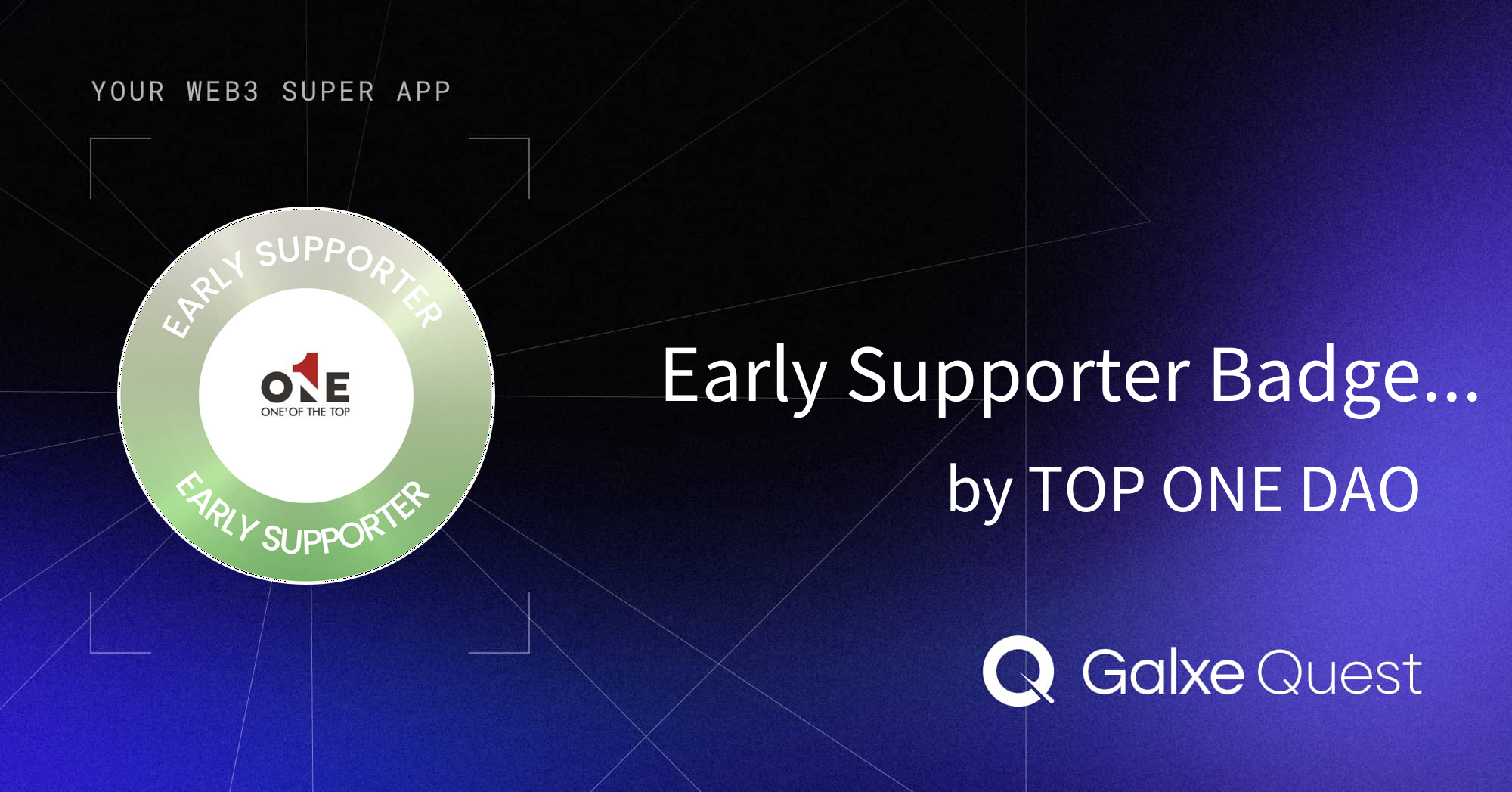
Membership Verification: DAOs issue governance NFT badges as verifiable, immutable proof of membership, ensuring only genuine members can participate in governance and community activities.
-

Access to DAO Tiers: NFTs can represent different advancement levels within a DAO. As members contribute more, their badges are upgraded, unlocking new responsibilities and privileges.
-
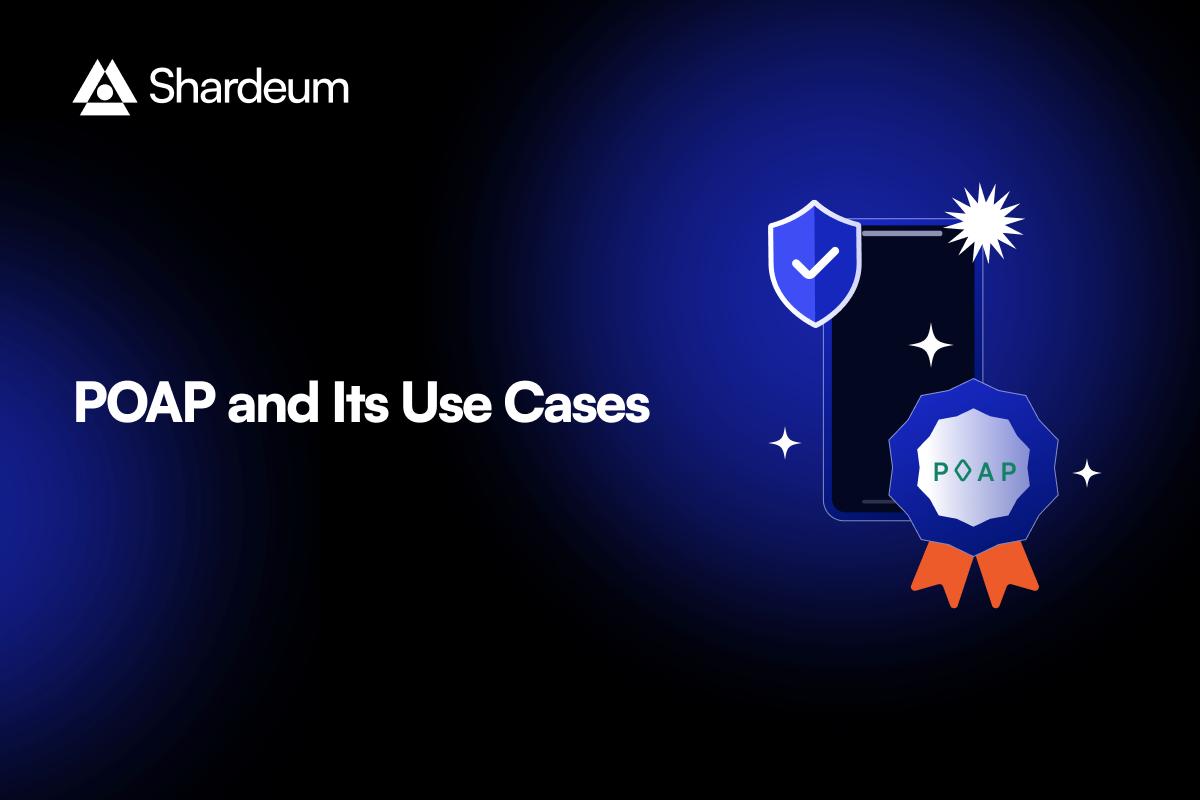
Proof of Participation: Members receive NFT badges for attending meetings, contributing to projects, or completing tasks, providing transparent proof of active involvement.
-
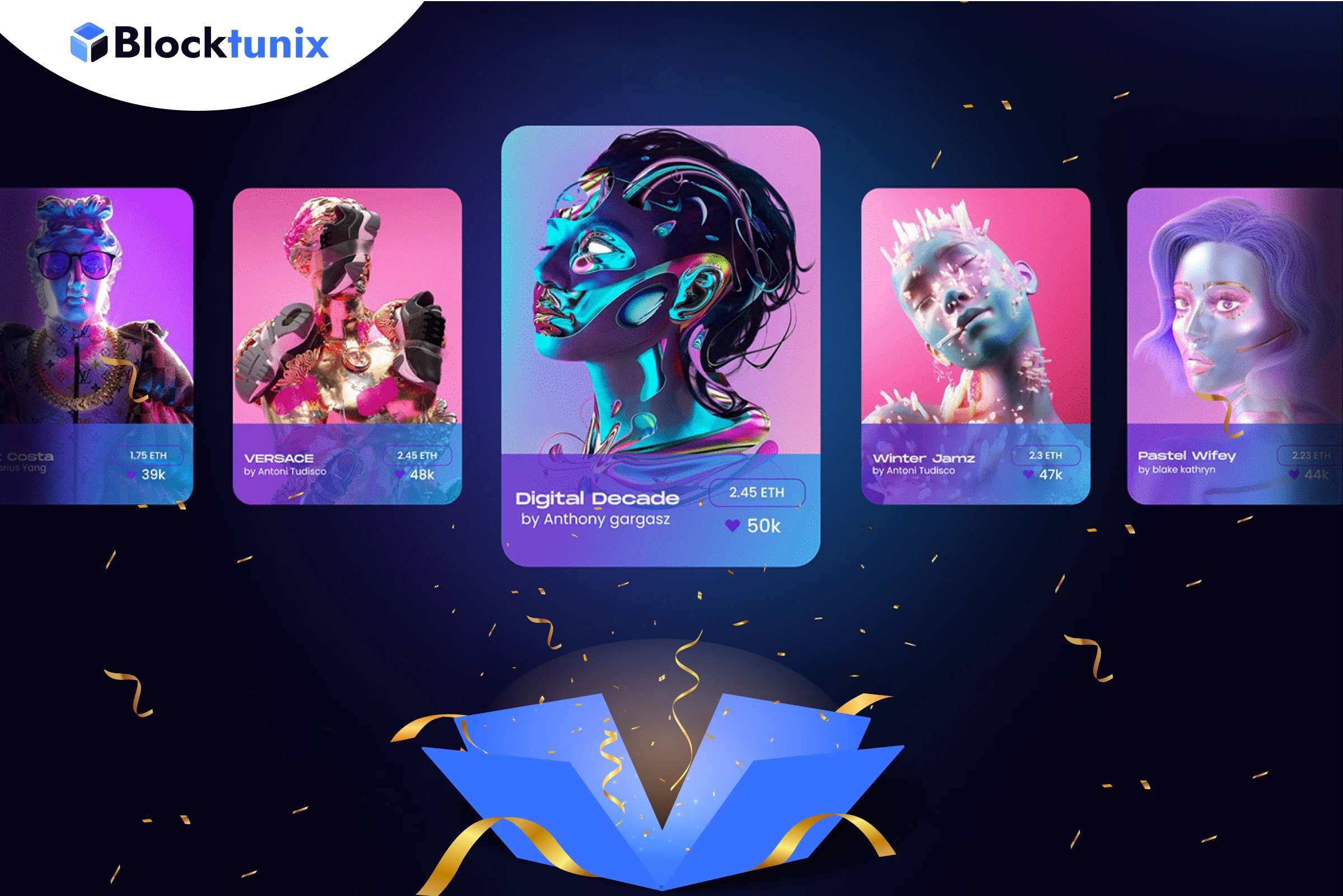
Rewarding Contributors: DAOs link NFT badges to specific rewards, such as token incentives, allowing transparent and fair recognition of valuable contributions.
-
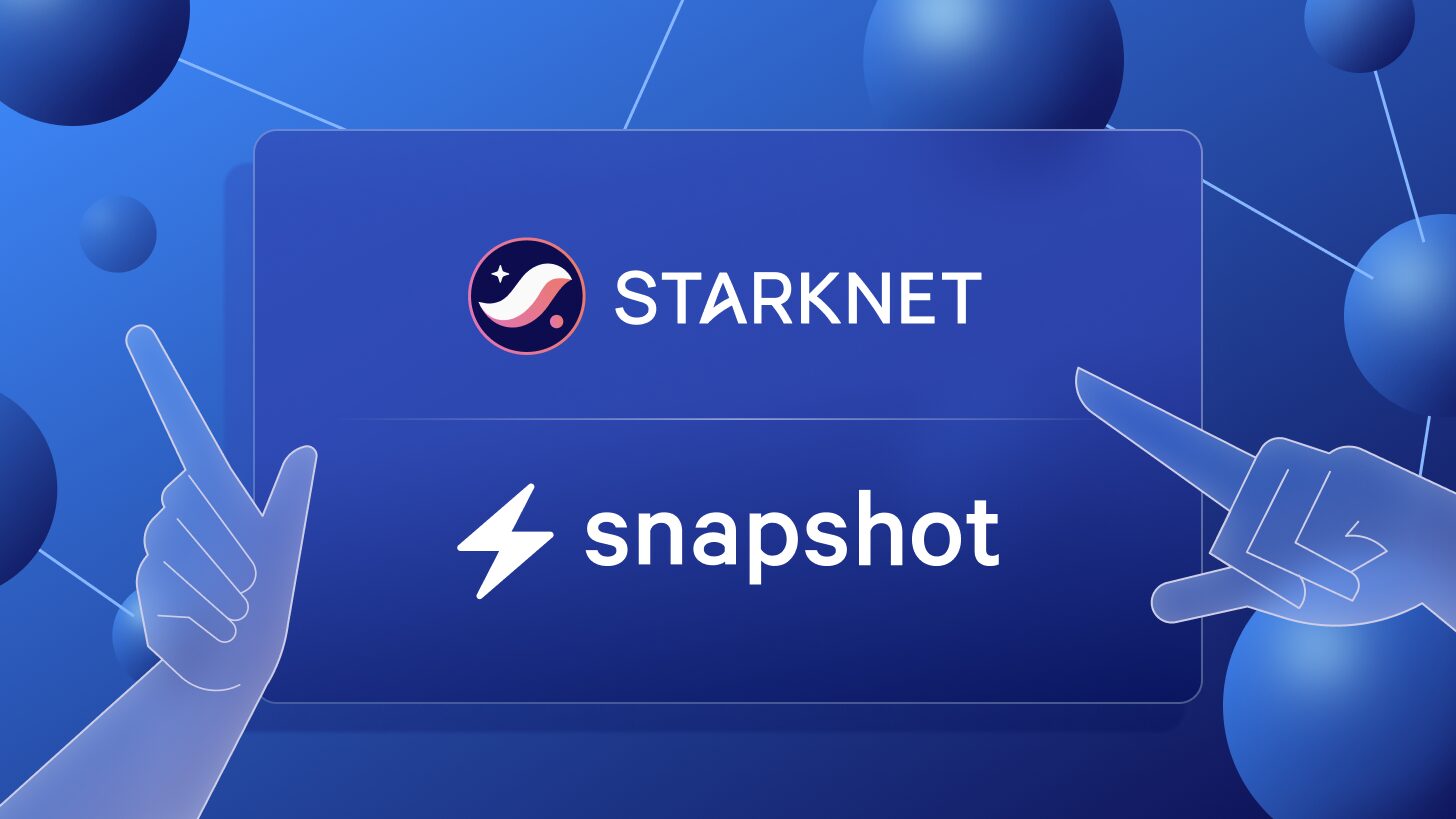
Enhanced Governance Power: Holding certain governance NFT badges can grant increased voting rights, empowering active contributors to have greater influence in decision-making.
-
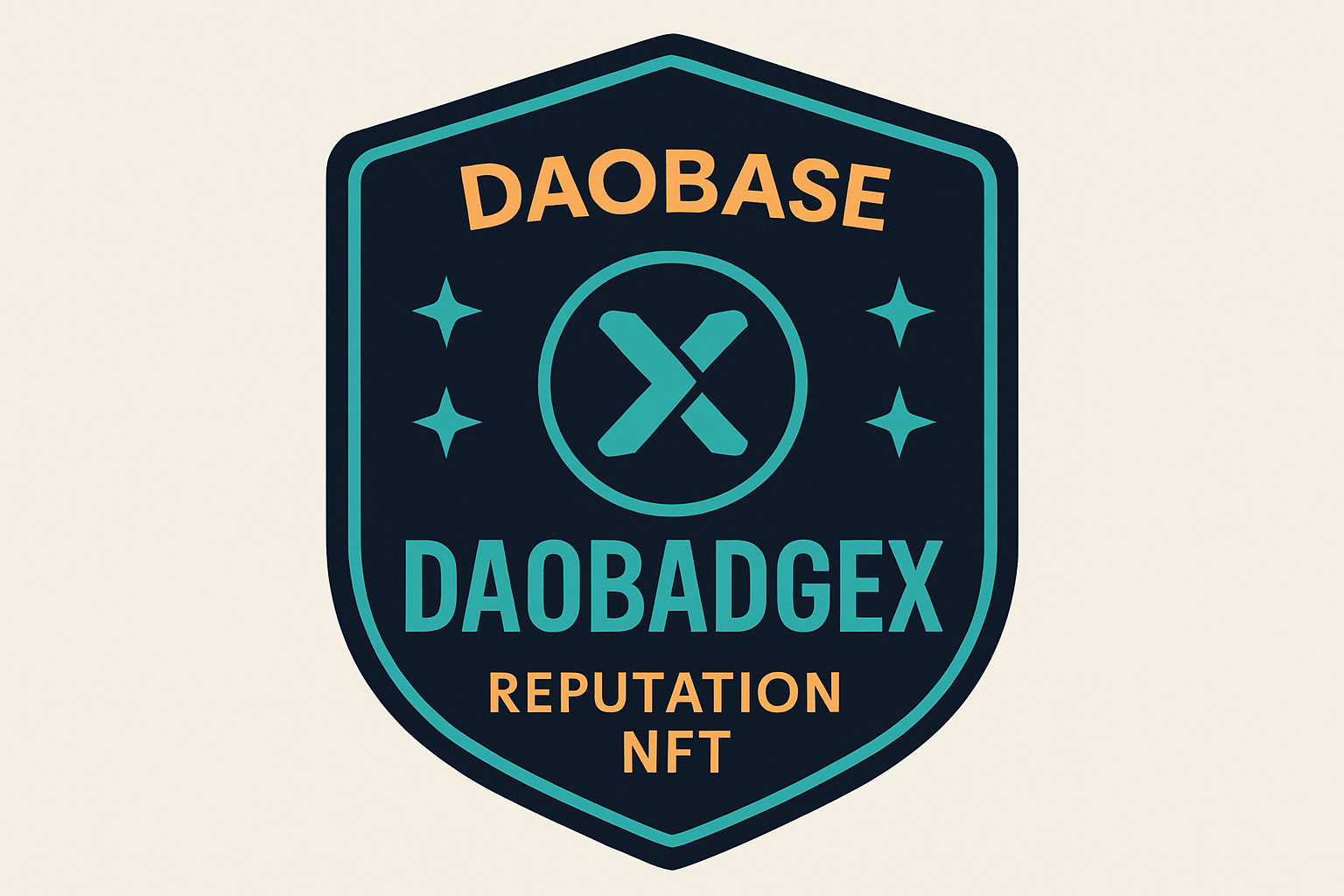
On-Chain Reputation Systems: Dynamic NFTs, like DAOBase’s DAOBadgeX, evolve based on a member’s engagement, visually representing reputation and contributions directly on-chain.
- Membership Verification: Immutable proof that an individual is part of the community.
- Tiers and Advancement: Upgradable NFTs reflect growing responsibilities or achievements.
- Proof-of-Participation: Badges earned for attending meetings or completing key projects.
- Reward Mechanisms: NFTs linked to token rewards or other incentives for meaningful contributions.
- Enhanced Voting Power: Special badges grant increased say in governance decisions.
- On-Chain Reputation Systems: Dynamic NFTs evolve alongside member participation and influence.
This multi-layered approach ensures that every aspect of contribution, whether it’s code commits, proposal drafting, event organization, or community support, can be acknowledged and rewarded transparently. For further insights into how custom NFT badge systems can be used to reward contributors effectively, see our detailed guide at Rewarding DAO Contributors with Custom NFT Badges: A Complete Guide.
The Benefits: Transparency Meets Meritocracy
The adoption of governance NFT badges brings several tangible benefits to decentralized organizations. First and foremost is transparency, every badge issued is visible on-chain, making it easy for anyone to verify claims about membership or achievements. This openness builds trust within the community while providing an auditable trail for future reference.
NFT-based recognition also introduces meritocracy into DAO ecosystems. By tying voting power or other privileges directly to provable actions rather than static token balances, DAOs can ensure that those who invest time and effort are given meaningful influence over decision-making processes. This shift not only motivates more members to participate but also helps prevent the concentration of power among passive stakeholders.
In addition, the programmable nature of governance NFT badges unlocks new possibilities for dynamic engagement. For example, badges can be set to expire after a certain period of inactivity, encouraging continuous participation. Others can evolve visually or functionally as members hit new contribution milestones. By making recognition both visible and interactive, DAOs foster healthy competition and a sense of progression that keeps communities vibrant.
Real-World Impact: Shaping Stronger DAO Communities
DAOs across the ecosystem are already seeing the positive effects of integrating DAO governance NFT badges. These badges are not only about status, they’re practical tools for onboarding, coordination, and accountability. In open-source projects, for example, contributors with specific badges can be auto-invited to review proposals or lead working groups. In social DAOs, proof-of-attendance NFTs double as tickets to exclusive events or voting rounds.
With on-chain reputation systems like DAOBase’s DAOBadgeX, NFT badges become living records of a member’s journey within the organization. This reputation layer is portable, members can showcase their achievements across different DAOs or even outside the web3 ecosystem, building a verifiable resume that transcends any single community.
Challenges and Considerations
Of course, implementing NFT badge systems isn’t without its challenges. Designing fair criteria for earning rewards requires careful thought to avoid gamification loopholes or favoritism. It’s also crucial to balance privacy with transparency, while public recognition is motivating for many, some contributors may prefer pseudonymity or selective disclosure.
Technical integration is another consideration. DAOs must ensure that badge-issuing mechanisms are secure and user-friendly so that non-technical members aren’t excluded from recognition opportunities. Fortunately, platforms like Governance NFT Badges are making it easier than ever for organizations to launch custom badge programs without deep blockchain expertise.
DAO NFT Badge Rewards: Pitfalls & Best Practices
-
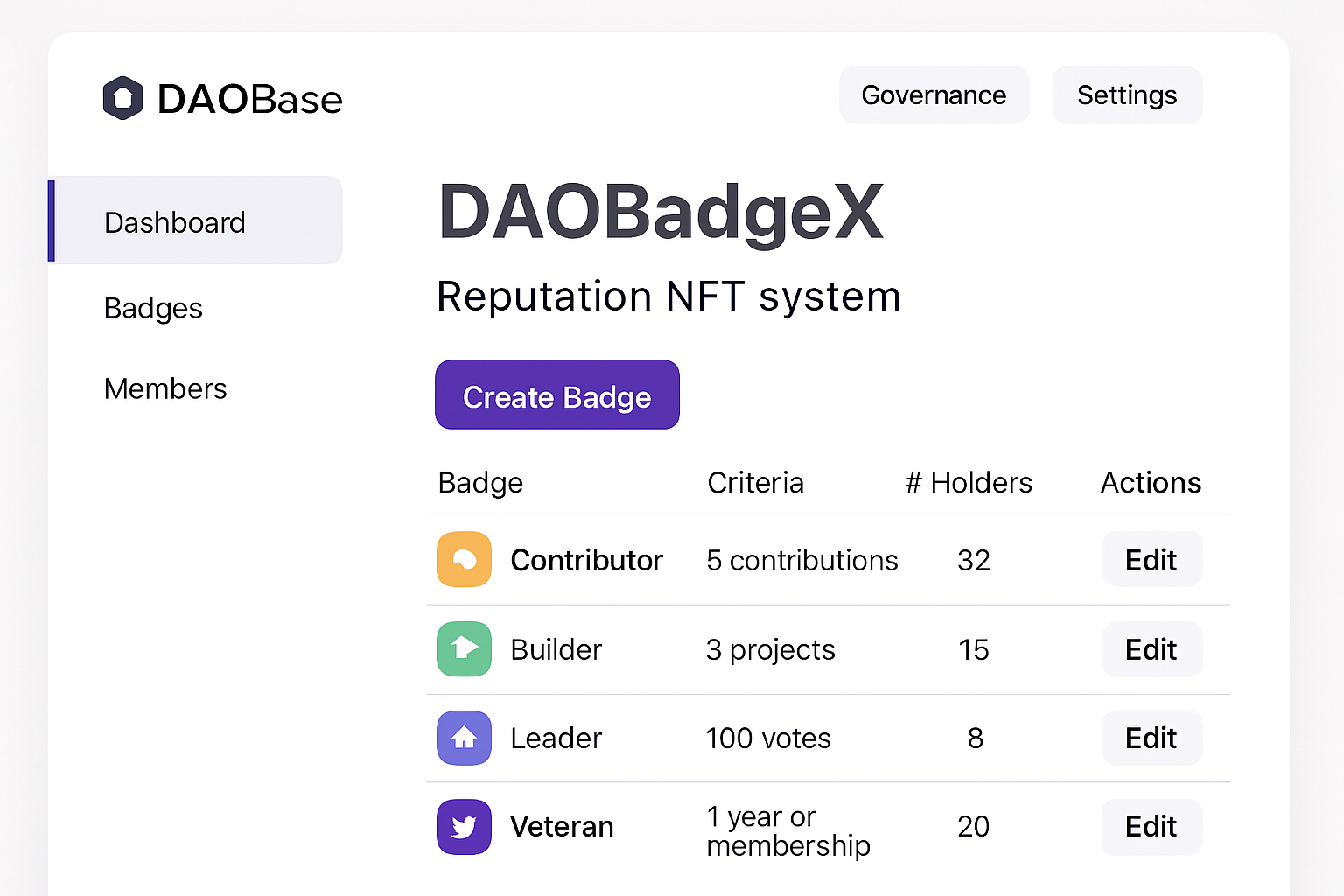
Pitfall: Overemphasis on Quantity Over QualityRewarding contributors solely based on the number of actions (like votes or comments) can lead to spammy behavior and low-value contributions. Best Practice: Implement reputation-based NFT systems (like DAOBase’s DAOBadgeX) that factor in the quality and impact of participation.
-
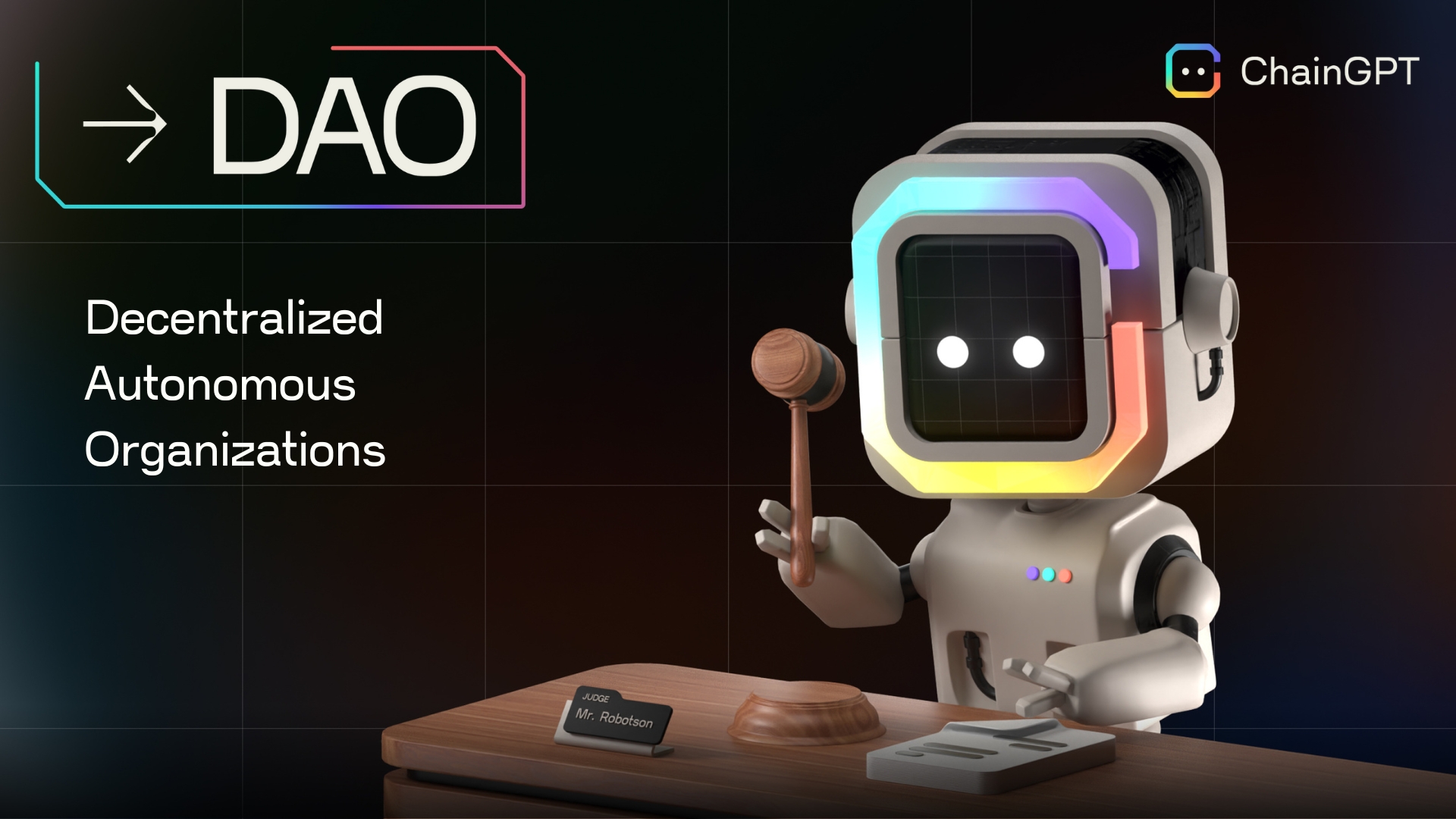
Pitfall: Lack of Transparent Criteria for BadgesUnclear or arbitrary badge issuance can erode trust and cause disputes. Best Practice: Clearly define and publicly document the criteria for earning each governance NFT badge, using open-source frameworks as seen in DAO governance research.
-
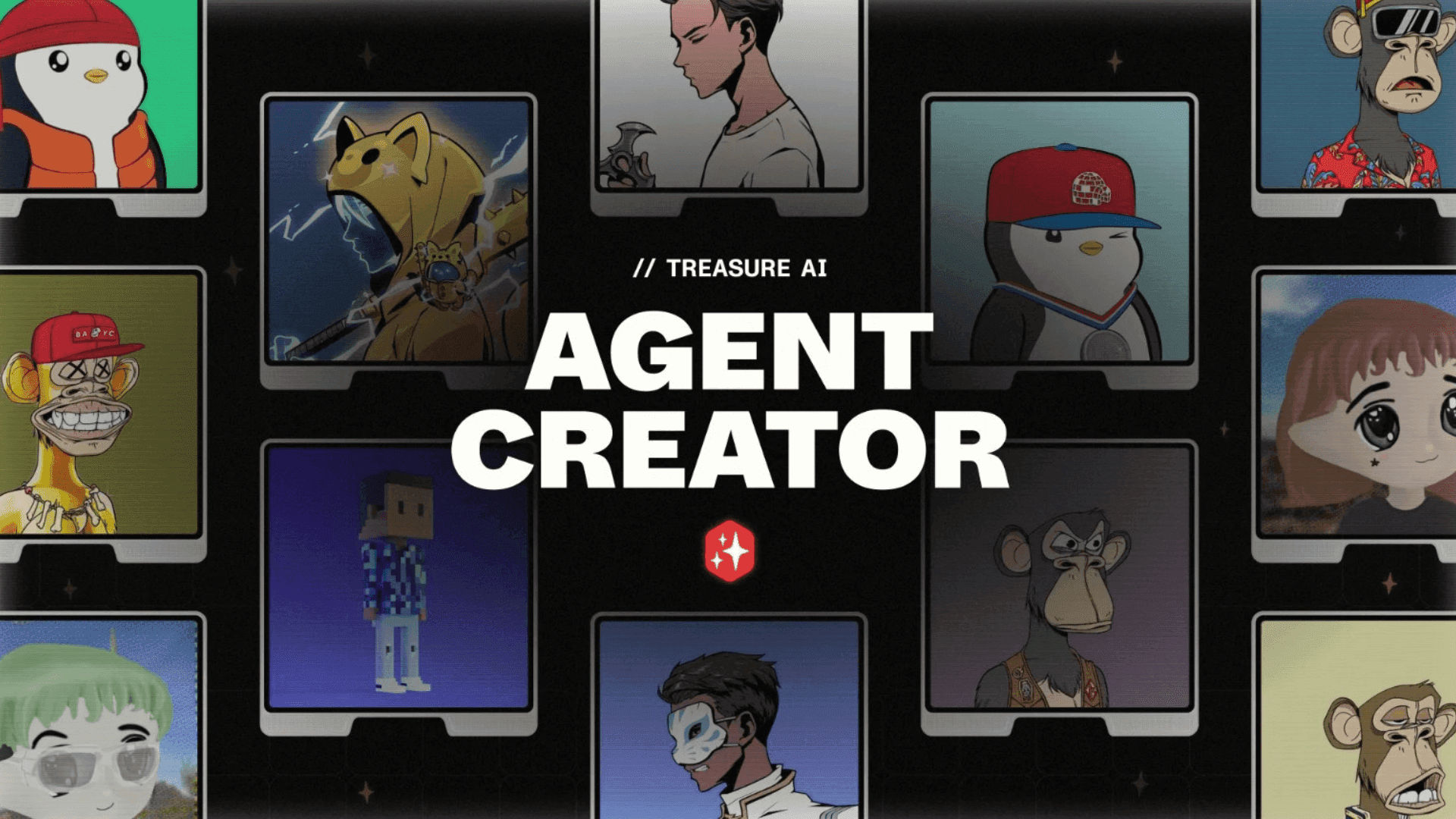
Pitfall: One-Size-Fits-All Badge DesignUniform badges fail to recognize different types of contributions or levels of engagement. Best Practice: Use tiered or dynamic NFTs (as described by Emurgo) that evolve with member activity and responsibility within the DAO.
-
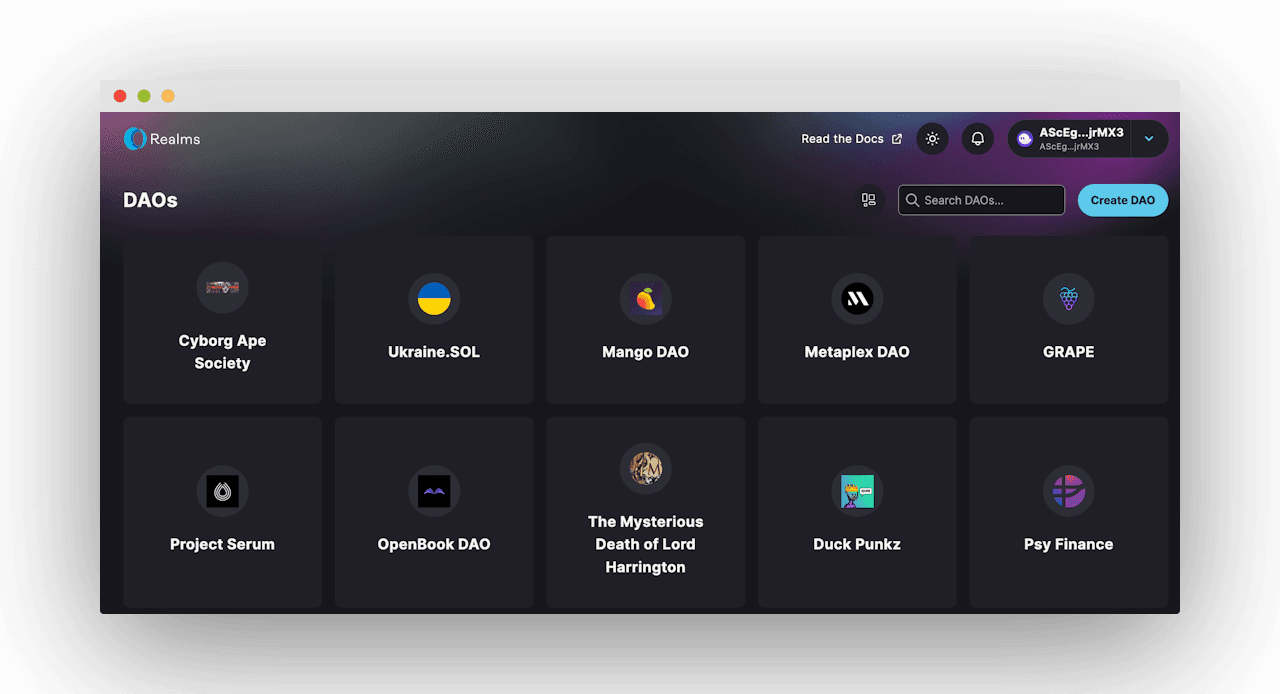
Pitfall: Ignoring Sybil Attack RisksWithout proper verification, malicious actors can game the system by creating multiple accounts to earn badges. Best Practice: Combine membership verification NFTs with robust identity checks to ensure badges are awarded only to genuine contributors (see Emurgo).
-

Pitfall: Insufficient Integration with Governance PowerBadges that do not influence voting or decision-making may lose perceived value. Best Practice: Link badge ownership to voting rights or governance privileges, as highlighted in FOMO HOUSE’s Community Badge NFTs.
-

Pitfall: Neglecting Community FeedbackFailing to involve the community in badge design and criteria can reduce engagement. Best Practice: Use open governance processes (referenced in DAO Growth Stats) to regularly review and update badge systems based on member input.
As these systems mature, we’re likely to see even more creative use cases, from cross-DAO collaboration incentives to interoperable reputation passports that follow users throughout their web3 journey.
Looking Forward: The Expanding Role of Governance NFTs
The shift toward merit-based recognition is just beginning. As more DAOs embrace NFT badges for participation, they’re not only rewarding individual effort but also building stronger foundations for decentralized governance itself. The result? Communities where every voice can be seen and valued, and where active contributors have tangible proof of their impact.
If you want to dive deeper into how these systems enhance transparency in collective decision-making processes, explore our resource on How NFT Badges Enhance Transparency in DAO Decision-Making.
